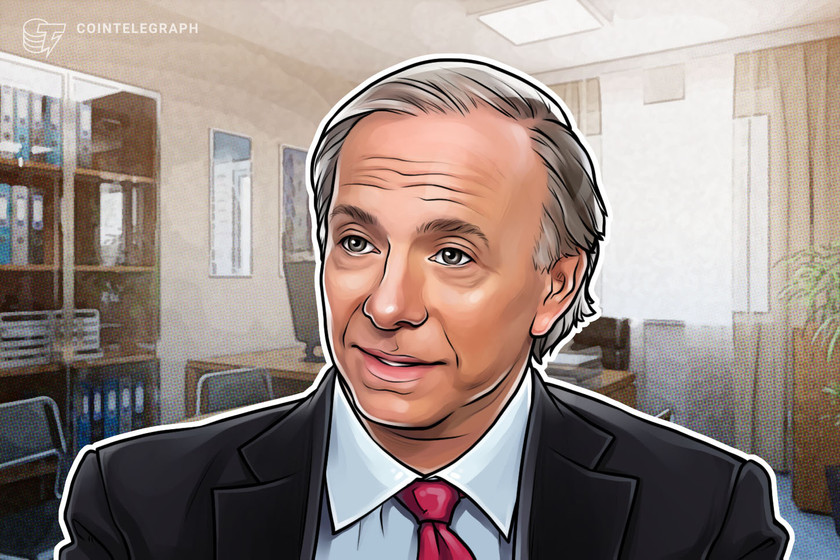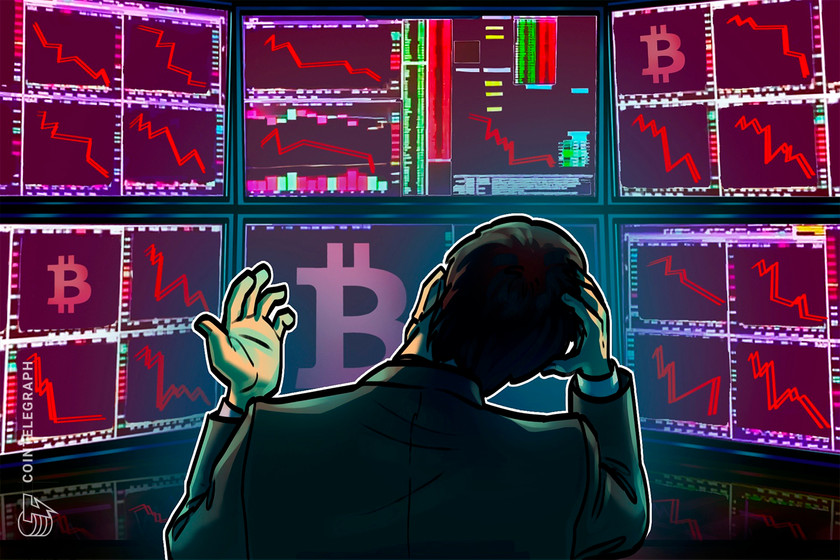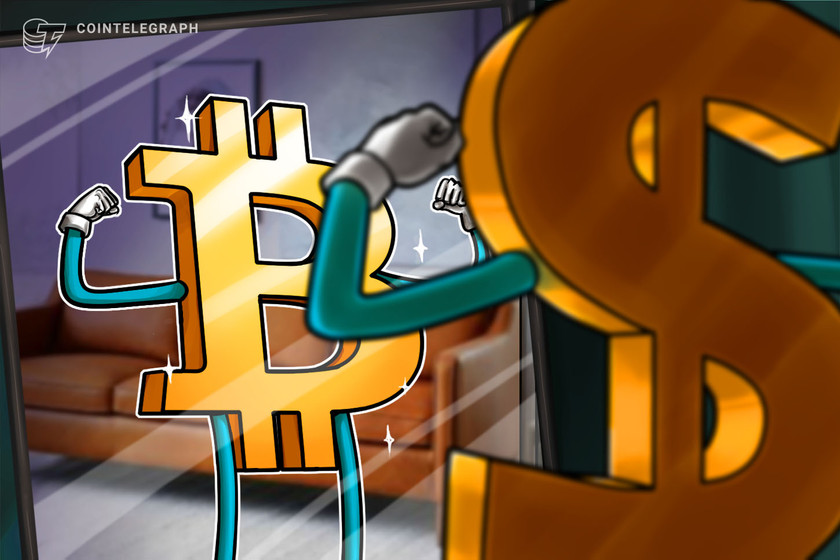Price analysis 12/18: SPX, DXY, BTC, ETH, BNB, XRP, SOL, ADA, AVAX, DOGE


Bitcoin may remain under pressure for a few days, but a collapse is unlikely, as traders are expected to buy the dips in anticipation of a spot Bitcoin ETF.
The S&P 500 Index (SPX) rose 2.49% last week, extending its string of weekly gains to seven weeks, the longest such winning streak since 2017. However, Bitcoin (BTC) could not maintain its momentum and succumbed to profit-booking by the bulls. Trading resource Material Indicators said in an X (formerly Twitter) post that “ year-end profit taking and tax loss harvesting” will prevail in the short term.
However, a crash is unlikely because several analysts expect the United States Securities and Exchange Commission to approve one or more spot Bitcoin exchange-traded fund (ETF) applications in January. If that happens, it could prove to be a game-changer for the sector.
VanEck CEO Jan van Eck said in an interview with CNBC that Bitcoin is likely to hit a new all-time high in the next 12 months. He expects Bitcoin to become an accompaniment to gold.




































